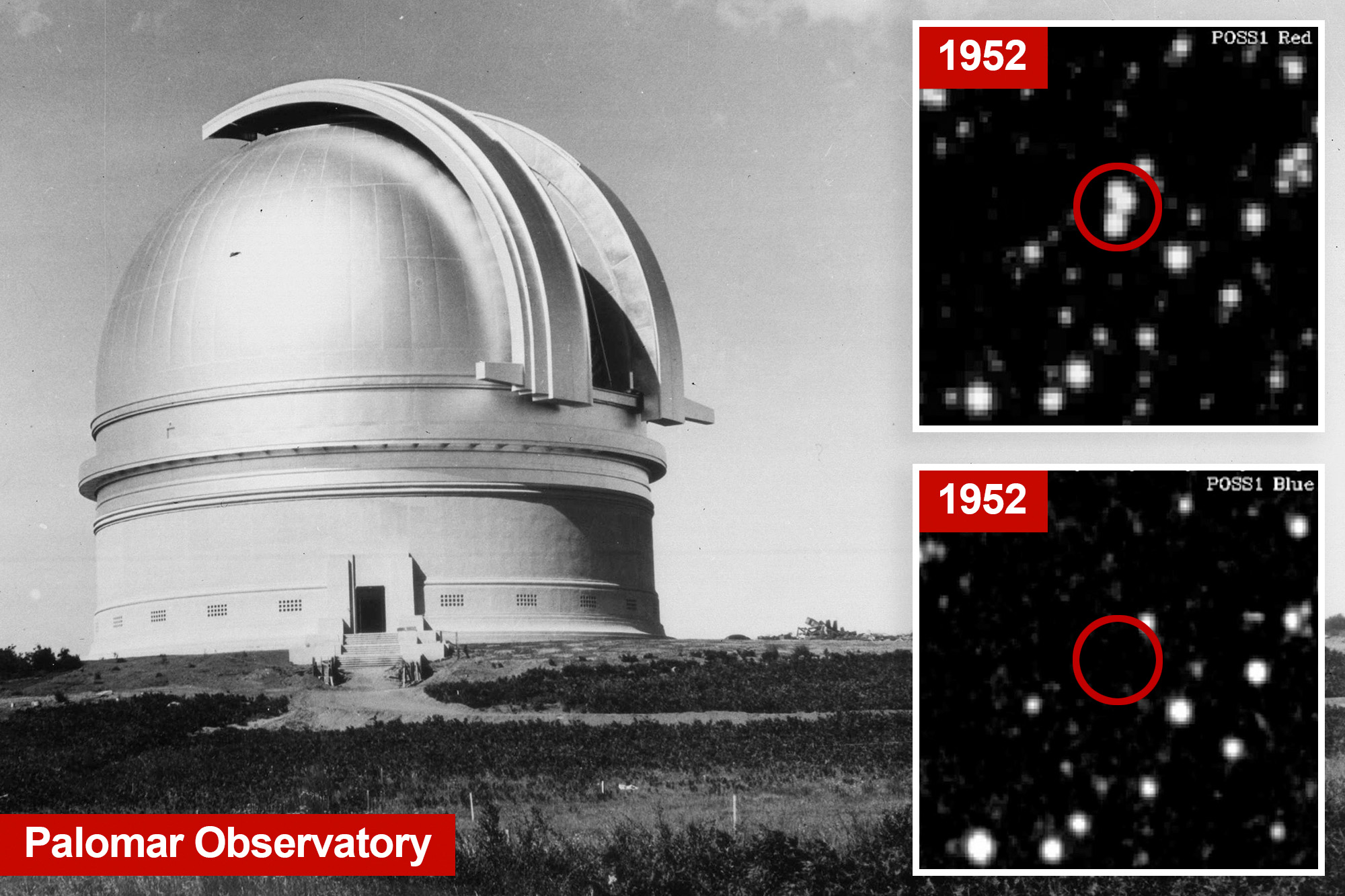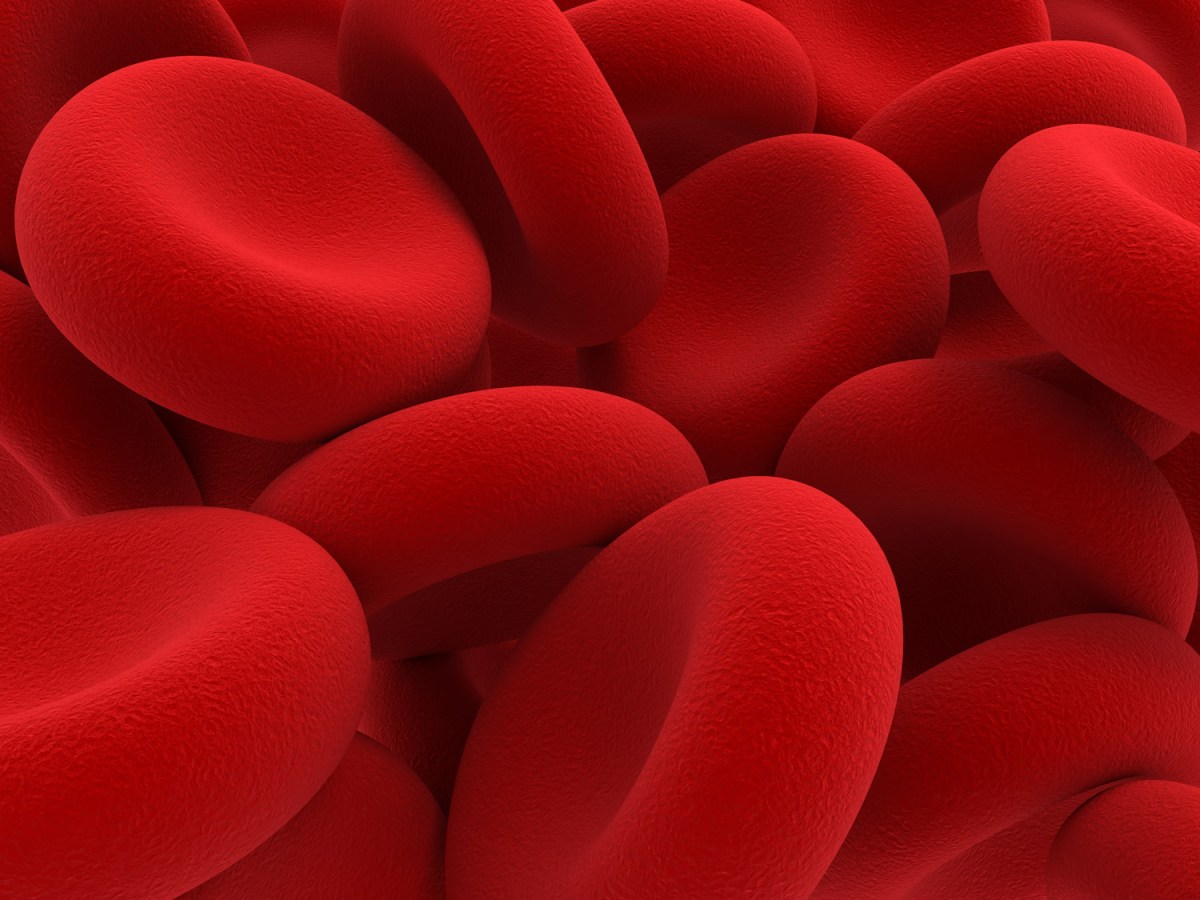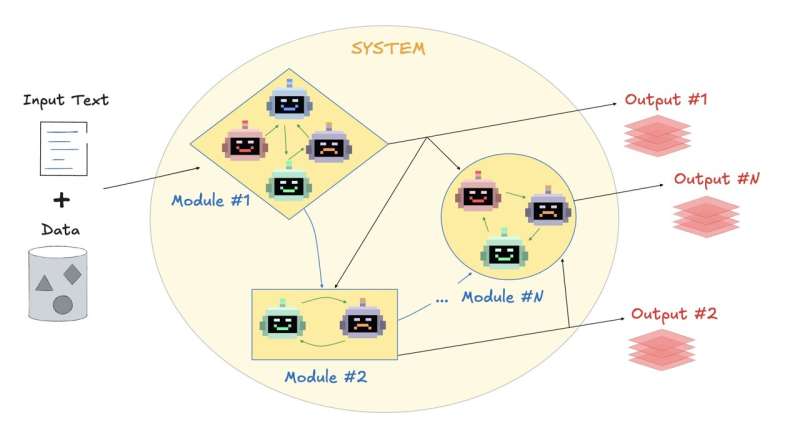Researchers at the University of Bristol have delved into the perplexing phenomenon known as the “lip out” in golf, a moment that can be particularly frustrating for players. This occurs when a putt hits the lip of the hole but fails to drop in, rolling back onto the green instead. The study, conducted by Emeritus Professor John Hogan, applies principles of physics to understand why this happens and offers insight into improving golfers’ techniques.
The Mechanics of a Lip Out
In their research published in Royal Society Open Science, Professor Hogan describes two distinct types of lip outs: the rim lip out and the hole lip out. The rim lip out happens when the center of mass of the golf ball does not fall below the level of the green. In contrast, the hole lip out occurs when the ball does enter the hole but undergoes a pendulum-like motion that can either allow it to drop or cause it to return to the rim.
According to Professor Hogan, “We considered the motion from the point of view of mechanics.” He likened the behavior of the golf ball to motorcycle riders performing the circular “wall of death” stunt. The physics involved is complex, rooted in the concept of “degenerate saddle equilibria,” where the ball is precariously balanced on the edge of the hole. Here, a minor disturbance—like a gust of wind or a grain of sand—can determine whether the ball sinks or rolls back.
Implications for Golfers
Understanding these mechanics could help golfers refine their techniques. Professor Hogan suggests that many players hit the ball too hard, contributing to lip outs. He advises aiming as close to the center of the hole as possible while approaching with minimal speed. “This combination means that the small amount of momentum the ball has is just enough to tip it into the hole,” he explained, “and not enough to carry it around the rim.”
This research not only sheds light on a common golfing frustration but also exemplifies how physics can be applied to sports. Professor Hogan’s previous studies have explored the mechanics of other sports, such as skateboarding and basketball, highlighting the relevance of classical physics in modern athletic performance.
As golfers digest this new information, they may find themselves reconsidering their approach on the green. The next time the ball teeters on the edge of the hole, players may want to remember the delicate balance of physics that governs this captivating aspect of the game.
For further details, refer to the study titled “Mechanics of the golf lip out” in the Royal Society Open Science, published in March 2025, DOI: 10.1098/rsos.250907.







